
Be Prepared To Shell Out More For The Royal Enfield 650 Twins Soon!
- Aug 12, 2019
- Views : 8433

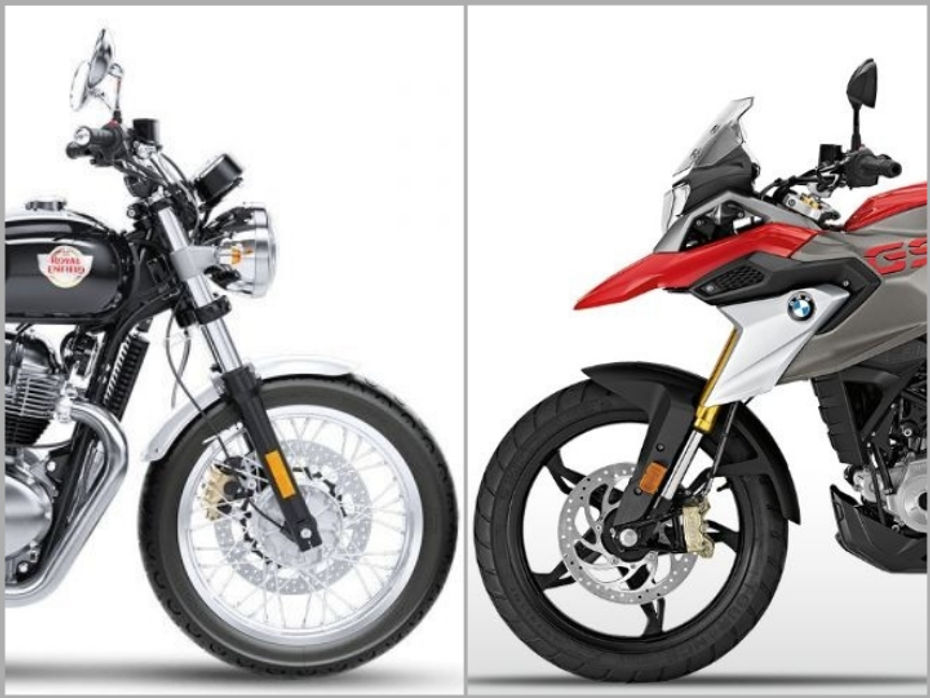
India is well-known for its diverse landscapes. From arid deserts to snow-capped mountains and everything in between, this country has it all. As biking culture grows in the country, more and more riders are taking their machines for long distance trips. As far as epic bike trips go, travelling to Leh-Ladakh is something that’s there on almost every other rider’s bucket list. And if you ride a Royal Enfield motorcycle, then it’s doubly so. So there’s no doubt that the new brilliantly built, aggressively priced Interceptor 650 twin is going to keep the tradition going. On the other hand, BMW Motorrad’s latest motorcycle, the G 310 GS seems to be quite promising as far as exploring the “Mecca of motorcyclists” go. We pit Royal Enfield’s more versatile 650, the Interceptor and the BMW G 310 GS against each other on paper to see which one emerges victorious in this touring-oriented spec comparo.
Ergonomics & Features:
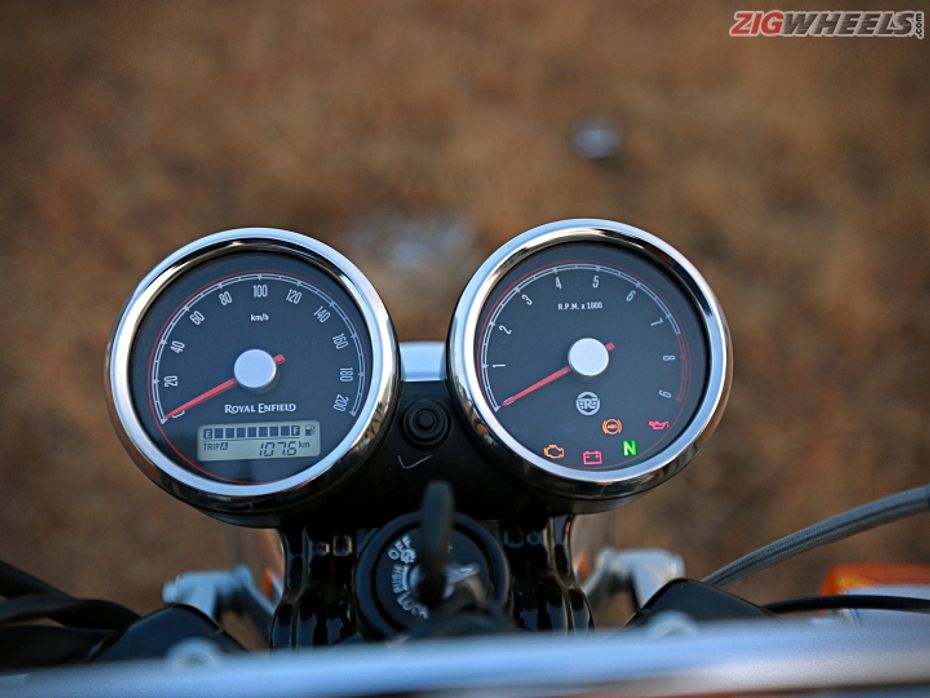
The Royal Enfield Interceptor 650 has upright ergonomics with a hint of forward lean. The seat is flat and looks quite no-nonsense. It is ideal for city rides, but on our 1000+km test cycle, we felt it was a tad too narrow and a little too soft. Heftier riders are likely to feel the seat base if ridden for long. This shouldn’t be too much of an issue as Royal Enfield already offers a genuine touring seat as an accessory. And that one’s a lot more comfortable for touring. If you’re a short rider, worry not, the seat is only 804mm tall.
Royal Enfield has shied away from giving too many features in order to keep the pricing competitive. You get a basic analogue speedometer and tachometer, tell-tale lights, and a digital inset housing the fuel gauge, two tripmeters and an odometer. There’s no clock, nor is there a range gauge. The BMW G 310 GS, on the other hand, features dual tripmeters, coolant temperature, range, average and current fuel consumption, average speed and even the date. These are in addition to the standard readouts like speed, rpm and tell-tale lights. Both bikes come with a halogen headlamp.
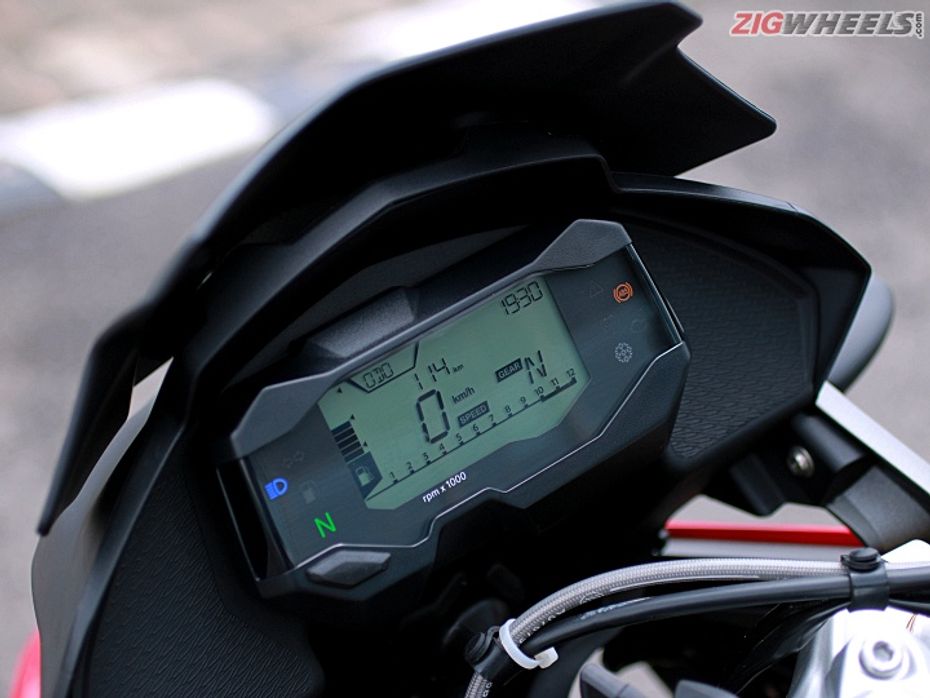
The BMW G 310 GS’ seat is quite high, at 835mm. This is, in fact, taller than the low-seat option in the Honda Africa Twin. But once you’re on the saddle, it feels quite comfortable - the handlebars offer upright ergonomics that are nice enough to keep your bum happy while touring long distances. However, if you’re riding off the road, standing up, it gets a little uncomfortable as the handlebars are not tall enough.
Versatility:
| Specifications | Royal Enfield Interceptor 650 | BMW G 310 GS |
| Front suspension | 41mm forks, 110mm travel | 41mm upside down forks, 180mm travel |
| Rear suspension | Twin gas-charged shock absorbers, 5-stage preload adjustable, 88mm travel | Preload adjustable monoshock, 180mm travel |
| Front brake | 320mm disc with ABS, sliding caliper | 300mm disc, radial caliper, with switchable ABS |
| Rear brake | 240mm disc with ABS | 240mm disc, with switchable ABS |
| Front tyre size | 100/90 - 18 | 110/80 - 19 |
| Rear tyre size | 130/70 - 18 | 150/70 - 17 |
| Fuel tank capacity | 13.7litres | 11 litres |
| Weight | 202kg, kerb (without fuel) | 169.5kg, kerb |
| Ground Clearance | 174mm | NA |
The GS easily has the advantage of long-travel suspension when it comes to exploring the unknown. It even gets switchable ABS which allows easy sliding in the dirt. Experienced riders will certainly appreciate this feature. The dual-purpose Metzeler Tourance tyres further enhance the motorcycle’s off-road ability. However, aluminium alloys restrict out-and-out offroad shenanigans as compared to spoke wheels. All in all, the GS is quite potent for some adventurous riding, but not too adventurous. The suspension on the GS is relatively softer than the Interceptor and should be able to make short work of the bad roads and even any water crossings you might encounter on the Manali-Leh highway.

On the other hand, the Interceptor seems to be road-biased, with its Pirelli Phantom Sportscomp tyres. The ground clearance is just above average and should allow for some light trail riding. The bike is also considerably heavy, which is okay, since its engine capacity is more than twice that of the Beemer. You’ll feel its heft when you cross the traffic jam-packed slushy roads leading to Rohtang pass. That’s where the GS’ light kerb weight and ADV unpinnings feel like a godsend. The Interceptor also gets a slightly larger fuel tank, and in our tests, the bike returned 26.4kmpl on the highway. The G 310 GS has a claimed fuel efficiency figure of 30.03kmpl as per the WMTC cycle. Both bikes should offer over 300km range on the highways, at least. But that still means both these bikes will need you to carry extra fuel when attempting the 360-plus km stretch between Tandi and Leh.
Powertrain:
| Specifications | Royal Enfield Interceptor 650 | BMW G 310 GS |
| Engine | 648cc parallel-twin, air and oil-cooled DOHC engine | 313cc single-cylinder DOHC liquid-cooled motor |
| Peak power | 47.6PS at 7250rpm | 34PS at 9500rpm |
| Maximum torque | 52Nm at 5250rpm | 28Nm at 7500rpm |
| Transmission | 6-speed with assist and slipper clutch | 6-speed gearbox |
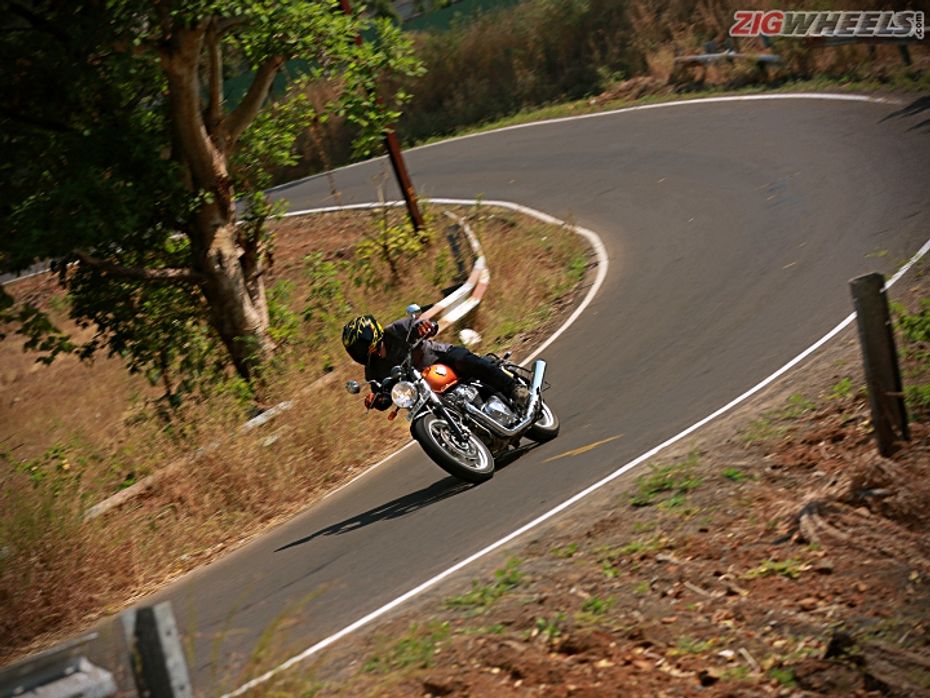
The Interceptor certainly has the upper hand here, thanks to the much larger and more powerful twin-cylinder engine. It also is considerably more refined than the German single at higher speeds. The race from Delhi to Manali will be a lot of fun on the Interceptor as it is blessed with plenty of grunt. It can even go beyond 160kmph (speedo-indicated) with relative ease, whereas the top speed of the GS is limited to 143kmph. Interestingly, the sophisticated GS doesn’t come with slipper clutch, whereas the Interceptor gets an assist and slipper unit to facilitate aggressive downshifting. On the winding mountain roads from Chandigarh to Manali, and even on the stretches of the Manali-Leh highway which have been recently re-laid, the Interceptor is certainly going to be more enjoyable. And even when the climbs get steep, the more powerful interceptor is going to have an advantage.
Verdict:
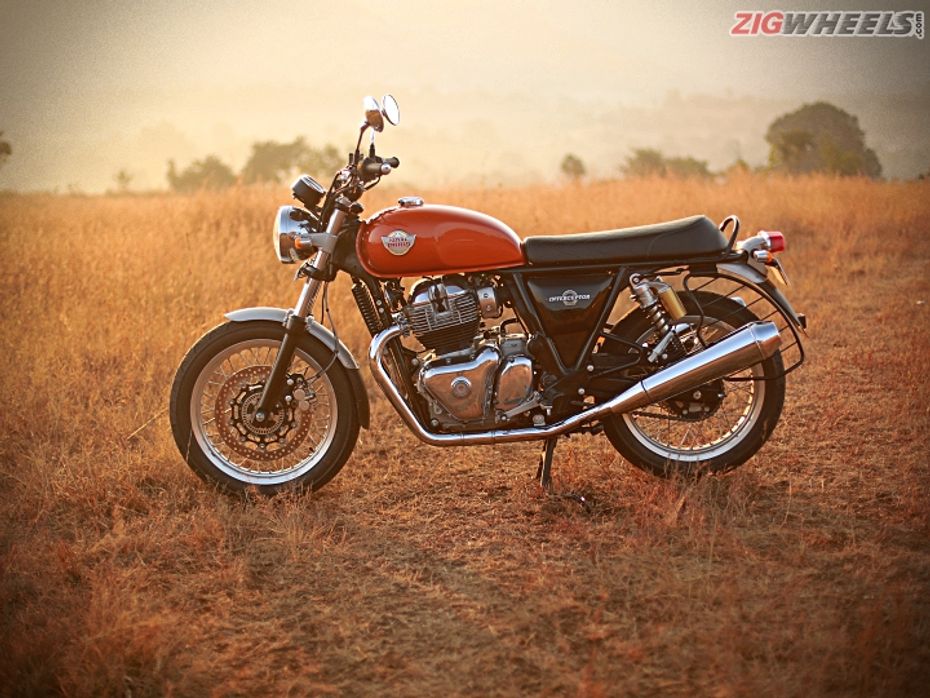
The BMW G 310 GS offers a fine balance of both on-off-road performance, while the Interceptor is more highway-friendly. However, at Rs 3.49 lakh (ex-showroom), the German ADV commands a considerable premium for its capabilities. If riding off the beaten path is a priority, and money is no bar, then BMW G 310 GS is the one to consider. But for everything else, the Interceptor does a really great job and at Rs 2.5 lakh (ex-showroom), feels like a solid bargain too.
Royal Enfield also has a much larger service reach than BMW, and there’s one in Leh too! The GS again commands a premium even for service, but it remains to be seen as to how expensive the Interceptor is, to maintain. So for your next journey to Leh, Royal Enfield’s latest might just be the ideal companion.


Be Prepared To Shell Out More For The Royal Enfield 650 Twins Soon!

The Royal Enfield Interceptor Is Vibration-free - Here’s Why

Royal Enfield Interceptor 650 Vs Harley-Davidson Street 750: Real...

New Royal Enfield Trials India Launch On March 26

Triumph Street Twin vs Royal Enfield Interceptor & Is The Twin Thrice...

Royal Enfield 650 Twins Vs Harley-Davidson Street 750: Spec Comparison

Royal Enfield Interceptor 650 vs Kawasaki Z650 vs Harley-Davidson...

Engine Comparo: Royal Enfield 650cc Twin vs Kawasaki Ninja 650 vs...

Royal Enfield Interceptor 650 BS6 vs Kawasaki W800 | The Best...

Royal Enfield Continental GT 650 vs Harley-Davidson Street Rod: Spec...
 Kawasaki Ninja 300
Kawasaki Ninja 300
 Royal Enfield Continental GT 650
Royal Enfield Continental GT 650
 Royal Enfield Bear 650
Royal Enfield Bear 650
 Royal Enfield Super Meteor 650
Royal Enfield Super Meteor 650
 Triumph Scrambler 400 X
Triumph Scrambler 400 X
India's largest automotive community
 Royal Enfield Hunter 350
Rs. 1.49 Lakh
Royal Enfield Hunter 350
Rs. 1.49 Lakh
 Royal Enfield Classic 350
Rs. 1.93 Lakh
Royal Enfield Classic 350
Rs. 1.93 Lakh
 Royal Enfield Continental GT 650
Rs. 3.19 Lakh
Royal Enfield Continental GT 650
Rs. 3.19 Lakh
 Royal Enfield Bullet 350
Rs. 1.73 Lakh
Royal Enfield Bullet 350
Rs. 1.73 Lakh
 Royal Enfield Meteor
Rs. 2.05 Lakh
Royal Enfield Meteor
Rs. 2.05 Lakh